How to best use Public Transport in London and Tips for CHEAP transport. This guide will help you to get around London and minimise your expenses while exploring the city.

Transport in London is expensive. You may spend enough money to buy another flight ticket for another trip if you do not really know how to move around London. Especially if this is your first time. This guide will help you to get around London and minimise your expenses in transport.
I have been living in London for over 10 years so this information comes from my own experience exploring the city as a local and even a tourist.
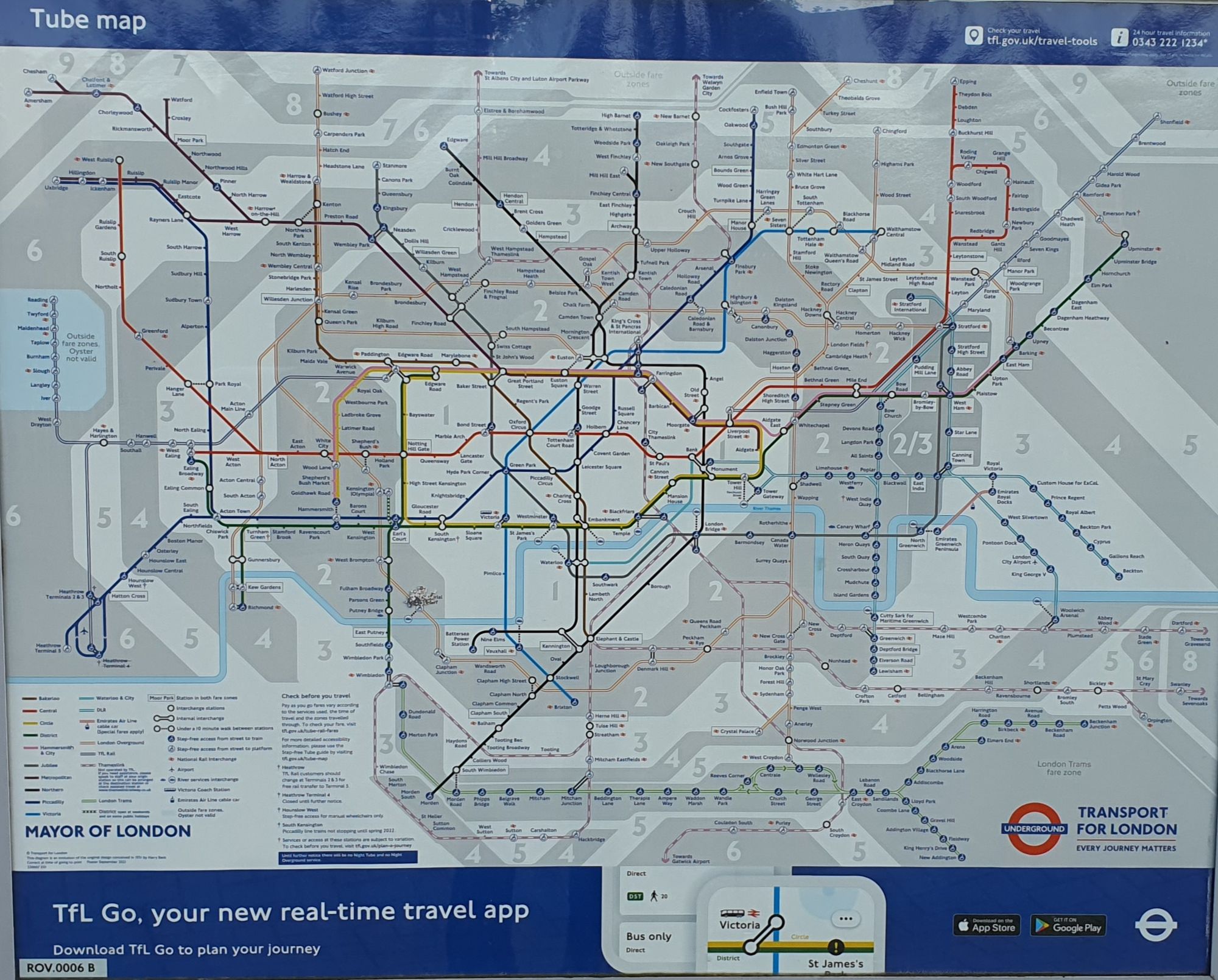
London is a well-connected city with a reliable public transport network operated by the TfL (Transport for London). London is divided into 9 zones with zones 1 and 2 as the city center.

The are a number of ways to travel around London via public transport and different payment methods to pay for the service. Whichever you choose depends on a number of variables but mainly depends on how long you plan to stay in London and where you plan to stay. My recommendations:
You should also know that children under 11 travel free and that London peak hours are weekdays between 7.30-9.30am and 4-7pm where transport fares are at the most expensive level (at least £3.60 a trip) during the day.
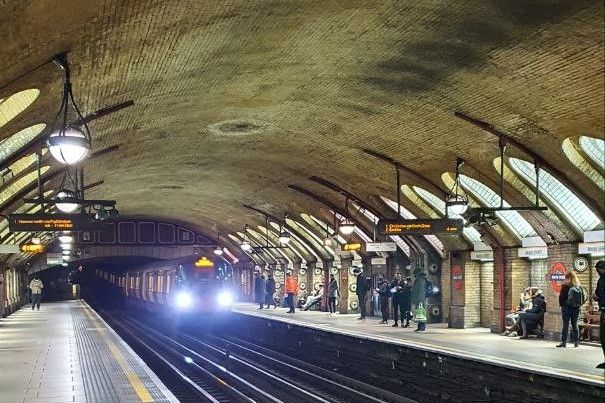
The London Underground is called "The Tube" and it is the oldest underground metro in the world operating since 1863. There are 11 train lines in London outlined below and some trains and stations may look contemporary or as old as the image above.
The train lines in London are: Bakerloo, Central, Circle, District, Hammersmith & City, Jubilee, Metropolitan, Northern, Piccadilly, Victoria, Waterloo & City – serving 272 stations.
Train wait times are no longer than 10 minutes and it is the most efficient way to commute in the city. It operates from 5am to 1am the following day and there used to be 24h service over weekends but now this only applies to some train lines.
You will find a map in every station but I recommend taking your own tube map by asking one of the members of staff for one or downloading any tube app like TFL Go App. You can also use Google Maps to quickly find the best routes for your trip.
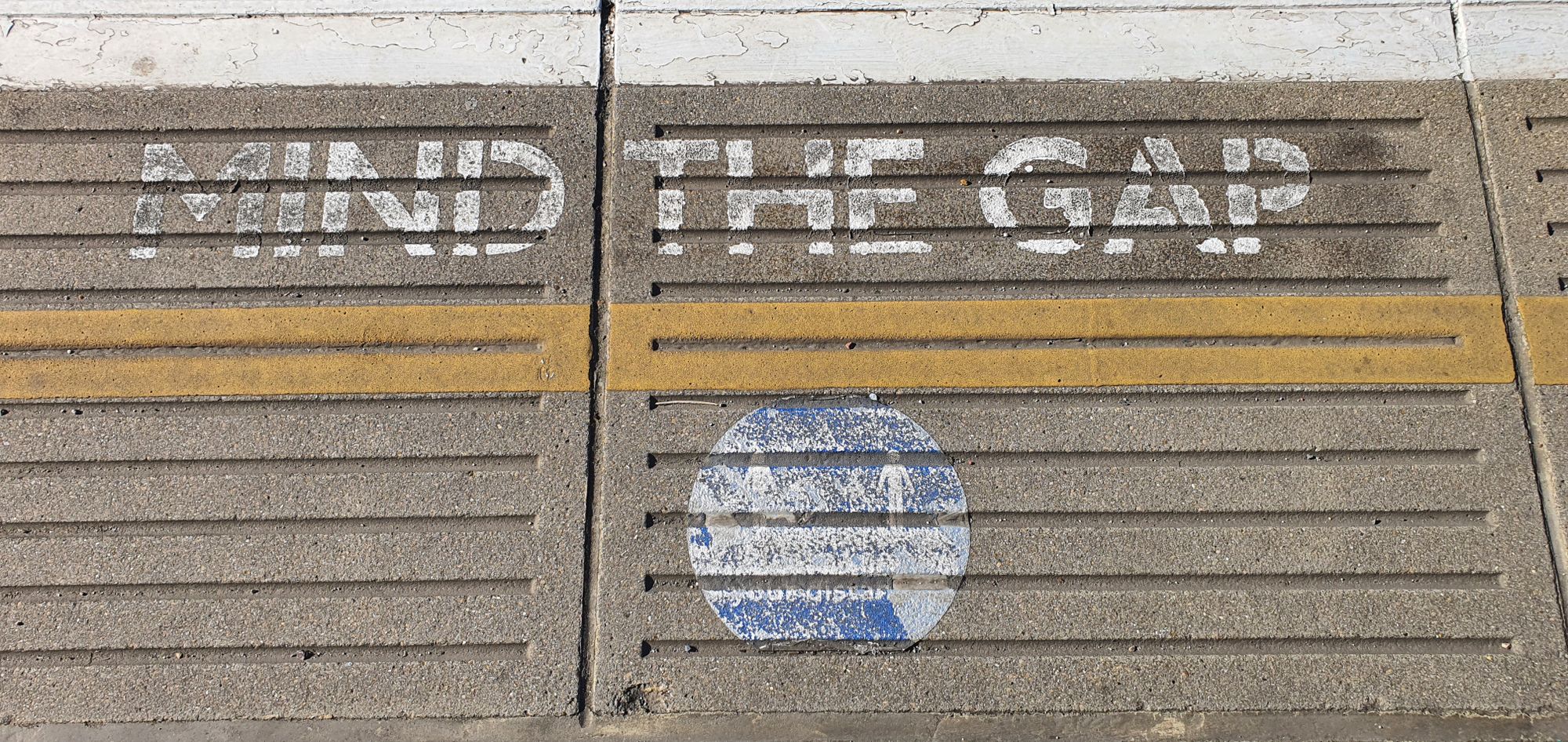
From skipping Tube stations with a single train to traveling to Brighton or other parts to the UK in a few hours, the National Rail is very convenient for commuting in and out of London.
Depending on where you live and plan to go inside London, you can hop on in one of these trains using your Oyster card or Contactless card. You can find tube maps with national rail lines or quickly see them in Google, it will save you time when traveling to some places.
The main national rail stations in London are: Charing Cross, Euston, King's Cross & St Pancras, Liverpool Street, London Bridge, Paddington and Victoria - all located in central London. From here you can plan day trips outside London or commute to one of the major airports (Stansted, Gatwick, Heathrow, Luton, and Southend).
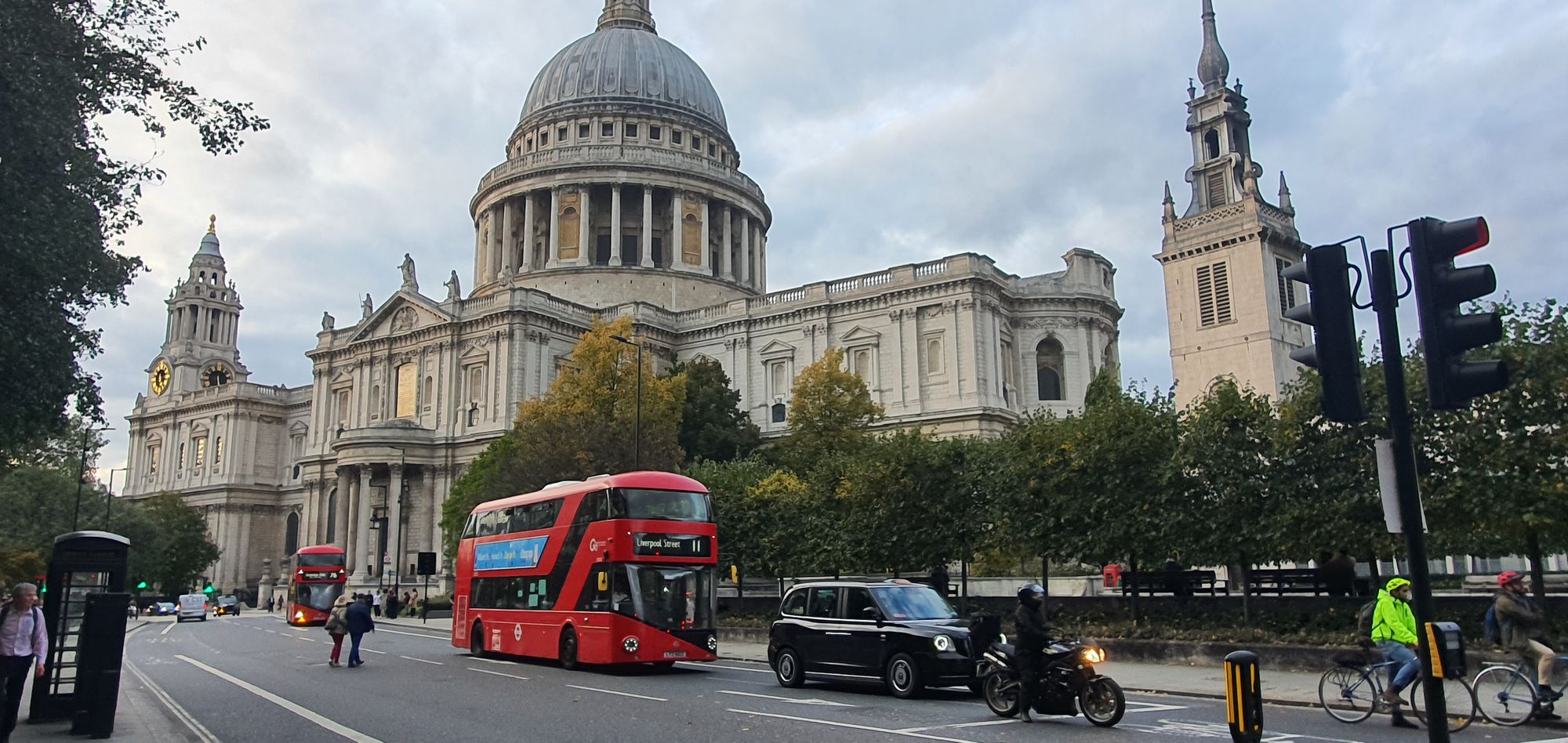
You cannot say that you have visited London if you don't get on a London double-decker bus! Save yourself energy from walking in long underground interchangers if you have the opportunity.
Bus fares are fixed at £1.55 per journey (even during peak hours) and you can use your Oyster card or Contactless card. You should also take advantage of the "hopper" fare where every bus journey is free within the first hour of touching in (e.g. you can take 3 buses in an hour for just £1.55).

The typical London black cab that has been carrying people from point A to point B for over 300 years is also an experience. Fares are set based on distance and time using a meter in the cab as most taxi services around the world.
You can order a black cab by waving at them when you see one on the street (if they are free) or by using apps like FreeNow.

If you prefer a more active way of traveling to explore the city then Santander bicycle are just for you. The cost of hiring a Santander bike is £2 for unlimited journeys up to 30 minutes for the whole day. This means that you only have to pay £2 to rent a bike for 24h, but you will need to lock it within 30 minutes. Otherwise you will be charge £2 for each additional 30 minutes.
These are the steps to rent a Santander Cycle:
Another healthy form of transport which is FREE! It is actually one of the best ways to trully explore the city by getting lost and finding your way back or by following routes from others.
Places like the Milennium Bridge, Carnaby street, Leicester Square and many other outdoor places can only be accessed by foot.

A very unusual yet exciting way to visit the river Thames in London. The boats, also known as Uber Boats, can even get you from one end of London (Putney) to the other (Woolwich) operated by Thames Clippers with TfL license.
Some people use it for commuting and others for the experience. It is a nice activity and not many people do it so I really recommend it. Prices depend on the zones to visit but usally range from £5-9 for a single journey (I don't really recommend return unless you are commuting). Some things you should know:
You can buy tickets at the pier, Online, or using your Oyster or Contactless card.
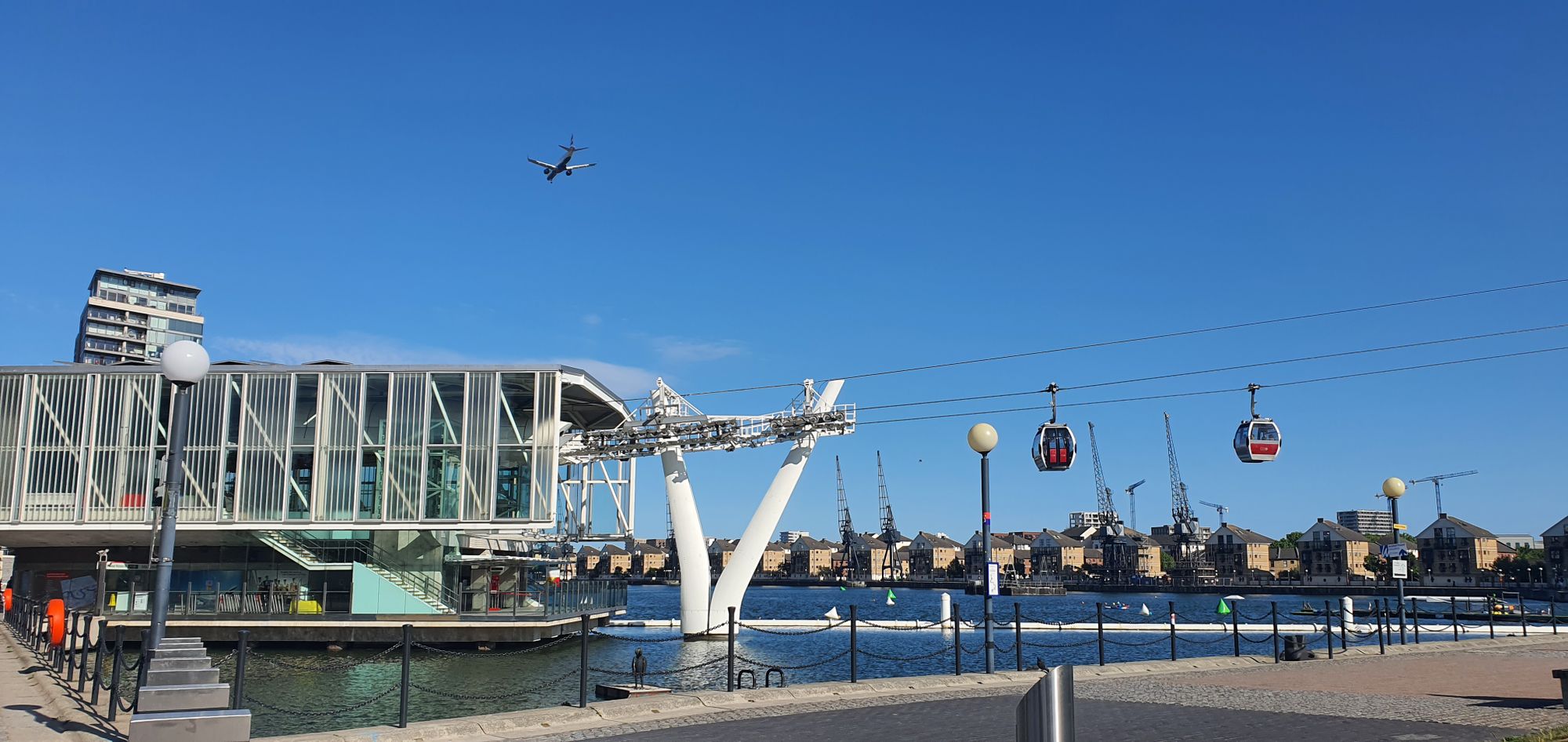
Probably the most unusual method of transportation in London. There are many people that don't even know that there is a cable car in London. This cable car service takes you from Royal Victoria Dock (near the Excel Exhibition Center) to North Greenwich (home of the O2 Arena) in around 5-10 minutes.
You can use your Oyster or Contacless card to pay £5 for a single journey. Children under 5 go free and those 5-15 have a 50% discount.
That's it for now! Please let us know in the comments below what your best way is to get around London or if you can share any other tips not covered in this blog.
Want to know what to do on your next trip? Explore our growing blogs in our MapScratched Travel Blogs site and use the filters that we provide to plan your trips faster.
If you want to become an author FOR FREE and share your travel experiences with other adventurers, make sure you fill in our very short travel author form.